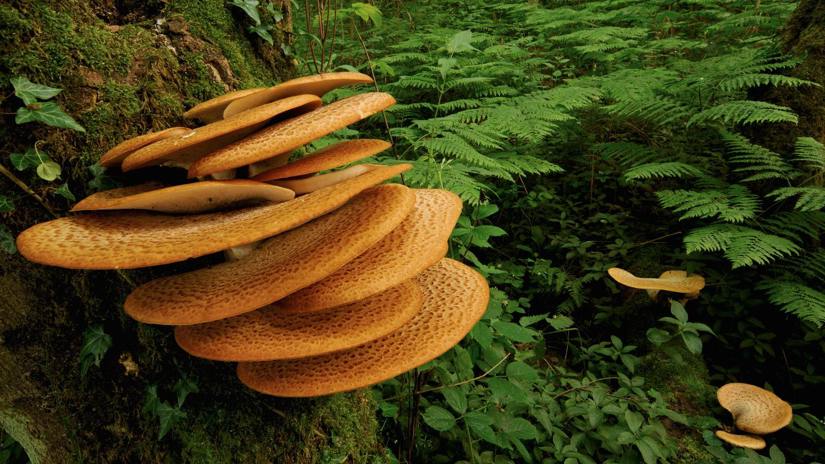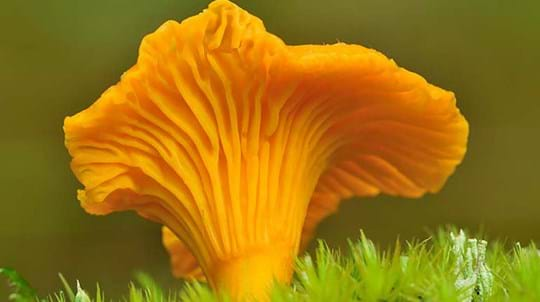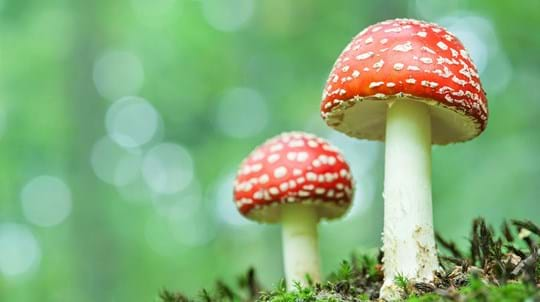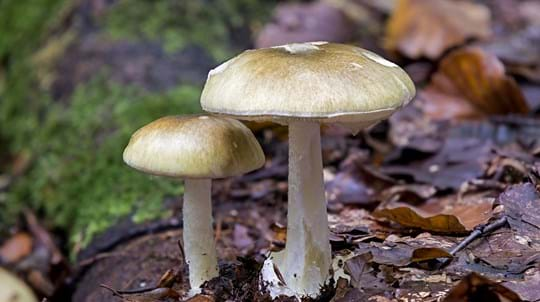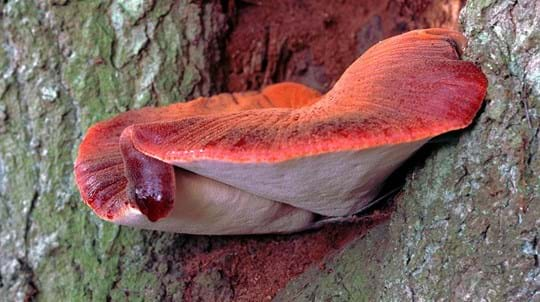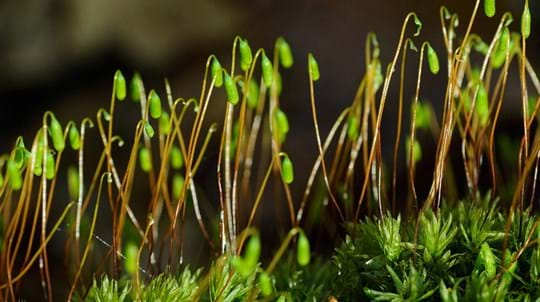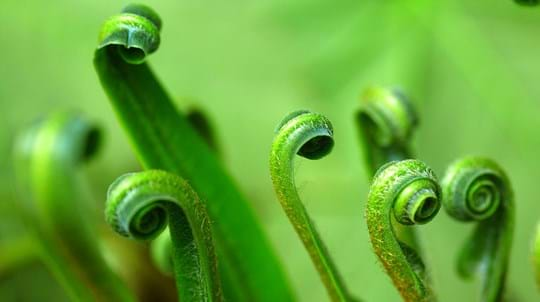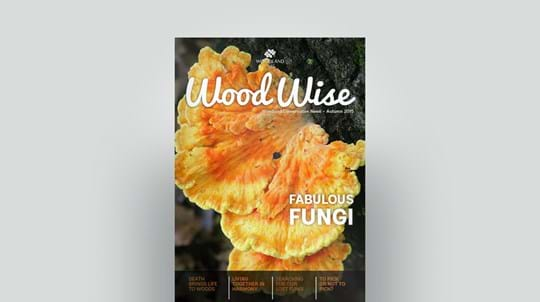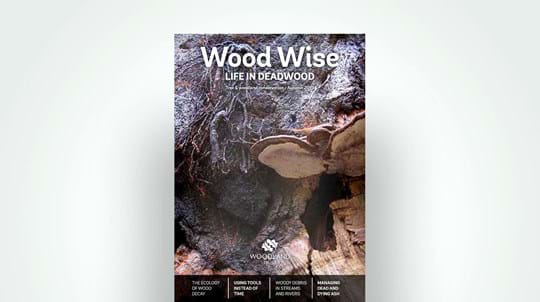
Credit: Caroline Eastwood / Alamy Stock Photo
Where to find scarlet elf cup fungus
Elf cup fungus is fairly widespread but uncommon in Britain and Ireland. It favours areas with high rainfall and can be seen on decaying sticks and branches – especially in damp areas of the woodland floor – and on ditch sides and stream banks.



